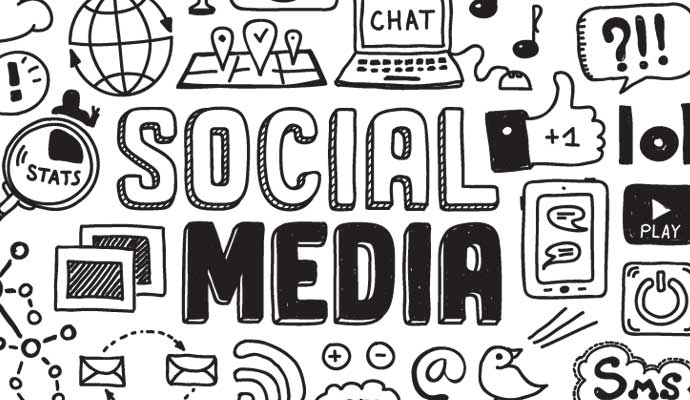How to Win (Twitter) Friends and Influence People
There are certain rules to follow if you want to grow your Twittersphere.
(originally published by Booz & Company)Want to get more Twitter followers? Stop posting messages about yourself, ditch the negativity, and cut back on hashtags. These are the main findings of a new study from researchers at the Georgia Institute of Technology and the University of Michigan that sought to determine the best ways to hook new followers in 140 characters or less.
Despite the explosion of social media use by people and businesses in recent years, this is the first study to gauge best and worst practices in the Twitterverse, where a user’s number of followers provides a snapshot into their sphere of influence, the authors write. For those without the celebrity status to grant them an automatic legion of disciples, the tone and content of posts have an indisputable impact on the ability to grow a Twitter audience, they add.
The researchers tracked more than 500 average Twitter users over 15 months, analyzing about half a million tweets. New or largely inactive accounts were excluded, and the average user in the study had nearly 400 followers. Every three months, the authors calculated how many followers each user had gained or lost since their last measurement. Combining elements of linguistics, social network, and computer communications research, the authors evaluated 22 facets of the users’ demographics and tweeting behavior, including their age, the number of retweets they issued, and the complexity of the language they used. In line with previous research on textual analysis, the authors identified 2,800 terms that convey upbeat or negative emotions, and scored each tweet on a sliding positivity scale.
The most significant finding: Don’t be a “meformer.” Although the average user posted about themselves in 41 percent of their tweets, these self-focused messages drove down follower growth, the authors found. In fact, outward-looking, information-based content consistently attracted followers at a rate about 30 times higher than tweets about one’s own feelings or activities.
It also helps to be happy. Because Twitter users form relatively weak social ties (most followers do not interact offline, for example), negativity from strangers appears to be a turnoff. Posts about bad news, poor health, or unemployment are generally not the way to gain new followers.
Third, don’t abuse the hashtags. Although these labels at the end of a tweet can be helpful to connect a post to bigger events, issues, or trends, the authors found that the higher a user’s hashtag ratio, the less likely they were to gain clout—presumably because hashtags distract readers and detract from the message.
Meanwhile, direct tweets to other users promoted follower growth, the authors found, whereas blanket “broadcast” posts had a negative effect. And having content retweeted is also a reliable predictor of steady expansion.
Finally, the authors say, it helps to spruce up your profile. Users who took more space to describe themselves, linked to a personal website, and identified their home location all grew their follower pools at a much faster rate.
And for executives, building a larger Twitter following is much more than a popularity contest. One recent BRANDfog survey found that 82 percent of respondents were more likely to trust a firm whose CEO and top managers used social media, whereas 77 percent said they would rather buy products from a company whose leaders expressed their value and mission through sites like Twitter or Facebook. So go forth and tweet, but remember: Be positive, and avoid the navel-gazing.





